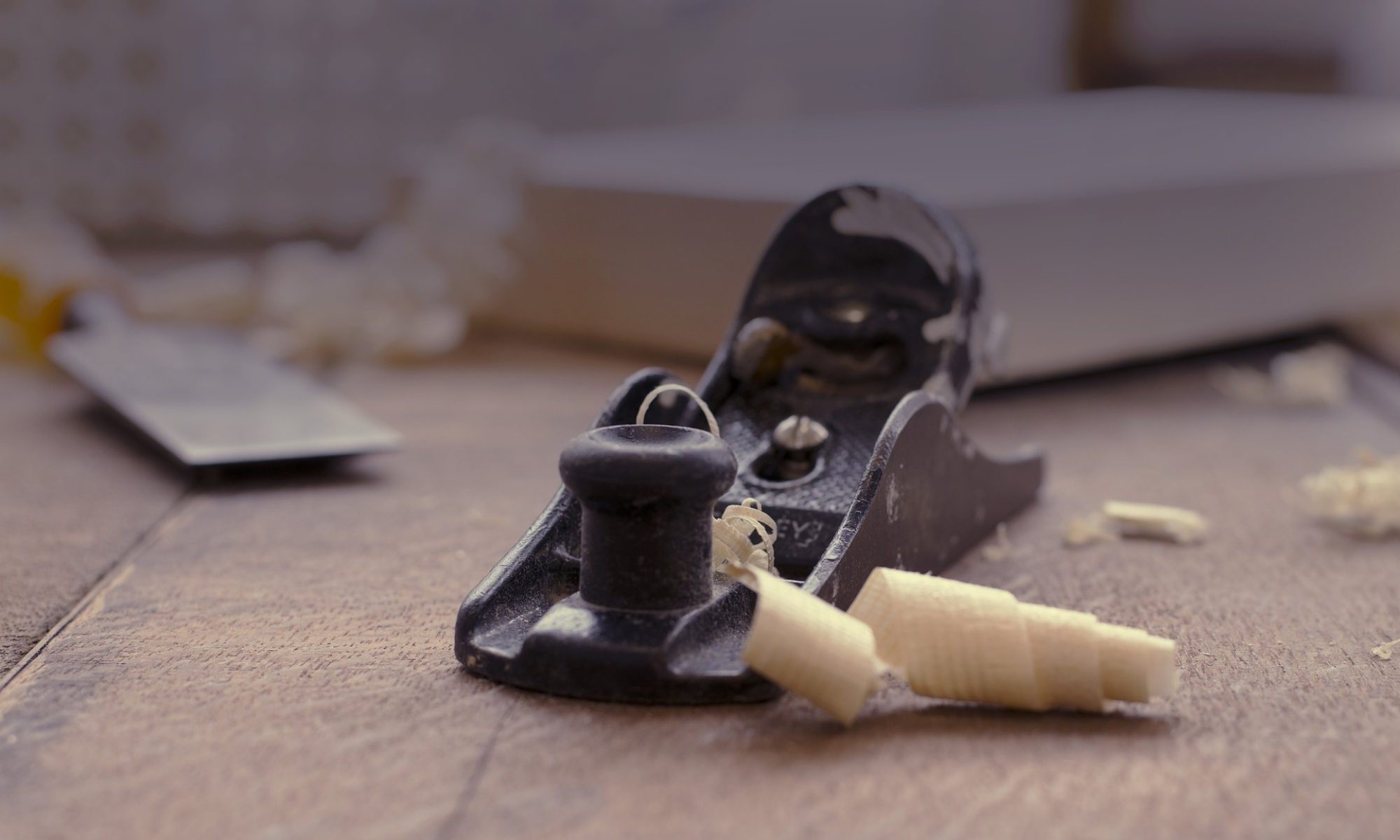Click on an image for a slideshow.

This continuous arm Windsor rocking chair The unique feature of this fanback Windsor chair is the double curve arm which constitutes the back and the arms of the chair and rockers. Several woods are used: pine for the seat, red oak for the spindles and rockers, white oak for the continuous arm, and maple for the arm posts and baluster leg turnings. The finish is milk paint (Mustard yellow), tung oil, and shellac.

Popular during the 18th and 19th centuries, Windsor chairs have seen a resurgence in interest. The unique feature of this fanback Windsor chair is the carved whorls in the crest rail. Several woods are used: pine for the seat, red oak for the spindles and crest rail, and maple for the spindle posts and baluster turnings. The finish is milk paint (Lexington Green) and tung oil.

Windsor chairs were popular in the 18th and 19 centuries and are seeing a resurgence in interest. The unique feature of this continuous arm Windsor chair is the double curve arm which constitutes the back and arms of the chair. Pine is used for the seat; red oak, for the spindles; white oak, for the continuous arm; and maple, for the arm posts and baluster leg turnings. The finish is milk paint (Soldier Blue), and tung oil.


